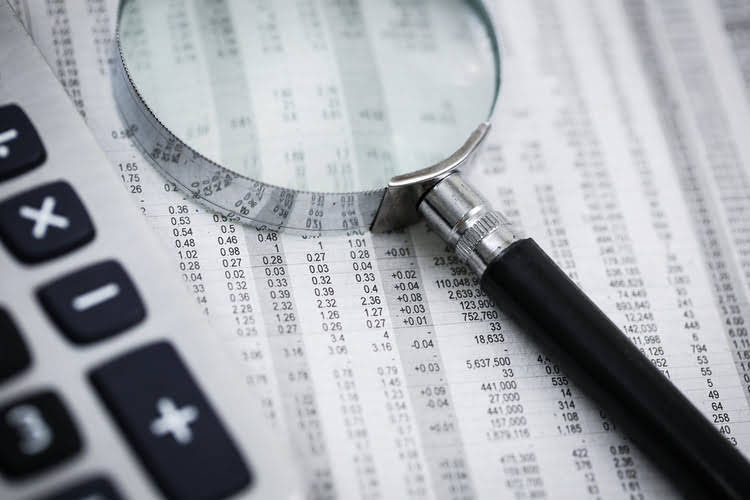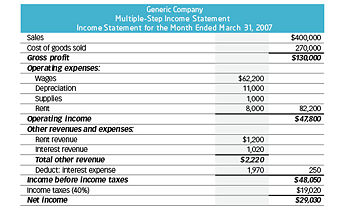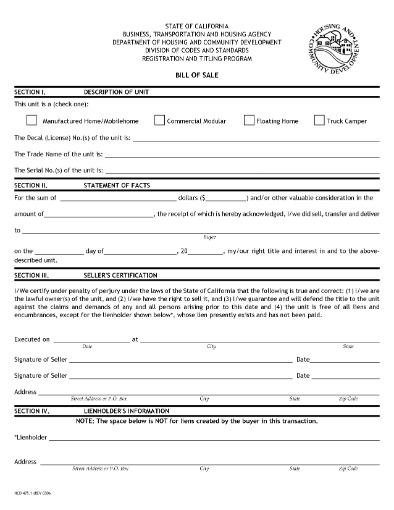What Are Liabilities? Definition, Examples, and Types

Tax liability can refer to the property taxes that a homeowner owes to the municipal government or the income tax they owe to the federal government. A retailer has a sales tax liability on their books when they collect sales what are liabilities accounting tax from a customer until they remit those funds to the county, city, or state. A customer uses the credit card to purchase an item that they do not have the cash for at that moment but will pay off in full later on.
What Is Financial Ratio Analysis? A Small Business Guide
Moreover, some liabilities, such as accounts payable or income taxes payable, are essential parts of day-to-day business operations. Current assets represent all the assets of a company that are expected to be conveniently sold, consumed, used, or exhausted through standard business operations within one year. Current assets appear on a company’s balance sheet and include cash, cash equivalents, accounts receivable, stock inventory, marketable securities, prepaid liabilities, and other liquid assets. When presenting liabilities on the balance sheet, they must be classified as either current liabilities or long-term liabilities.
Accounting for Current Liabilities
It allows users to extract and ingest data automatically, and use formulas on the data to process and transform it. Navigating the world of finance can feel like a complex task, especially when it comes to understanding the different components that make up a balance sheet. Liabilities are one of the important components of a balance sheet, yet they are often tricky to understand. Just as you wouldn’t want to take on a mortgage that you couldn’t easily afford, it’s important to be strategic and selective about the debt you assume as a business owner. Debt itself is unavoidable, especially if you’re in a growth phase—but you want to ensure that it stays manageable.
- It invoices the restaurant for the purchase to streamline the drop-off and make paying easier for the restaurant.
- In its most basic sense, a liability is a requirement that must be fulfilled.
- In accordance with GAAP, liabilities are typically measured at their fair value or amortized cost, depending on the specific financial instrument.
- Accounts Payable – Many companies purchase inventory on credit from vendors or supplies.
- Non-current liabilities can also be referred to as long-term liabilities.
What Are Current Liabilities?

Some liabilities have clear repayment plans and terms, while others might only need to be paid if certain events happen or if specified conditions are met. A liability is a financial obligation a company owes to other parties. These stem from past transactions or events and result in an outflow of resources, usually in the form of money, products, or services. Liabilities are reported on a company’s balance sheet and determine its financial health. As liabilities increase, they may affect a company’s financial health and stability.
What are the Different Types of Liabilities on the Balance Sheet?
The current ratio measures a company’s ability to pay its short-term financial debts or obligations. It shows investors and analysts whether a company has enough current assets on its balance sheet to satisfy or pay off its current debt and other payables. Current liabilities are a company’s short-term financial obligations that are due within one year or within a normal operating cycle. An operating cycle, also referred to as the cash conversion cycle, is the time it takes a company to purchase inventory and convert it to cash from sales. An example of a current liability is money owed to suppliers in the form of accounts payable. A liability is something that a person or company owes, usually a sum of money.

Liability vs. expense

If one of the conditions is not satisfied, a company does not report a contingent liability on the balance sheet. However, it should disclose this item in a footnote on the financial statements. A liability is generally an obligation between one party and another that’s not yet completed or paid. A liability is an obligation of the business to repay the money or deliver goods or assets in return for value already received. Sometimes liabilities can be transferred, but they still represent a future obligation for the business.
- We follow strict ethical journalism practices, which includes presenting unbiased information and citing reliable, attributed resources.
- Current liabilities can include things like accounts payable, accrued expenses and unearned revenue.
- An equitable obligation is a duty based on ethical or moral considerations.
- Below is a current liabilities example using the consolidated balance sheet of Macy’s Inc. (M) from the company’s 10-Q report reported on Aug. 3, 2019.
- A company may take on more debt to finance expenditures such as new equipment, facility expansions, or acquisitions.
- Long-term liabilities, on the other hand, can be seen as future expenses and are often addressed through structured repayment plans or long-term financing strategies.
To recognize a liability, a firm does not need to know the actual recipient of the assets that are to be transferred, or for whom the services are to be performed. For example, a company will incur and report a liability that arises when cash is borrowed from an owner. Liabilities don’t have to be a scary thing, they’re just a normal part of doing business. Because chances are pretty high that you’re going to have some kind of debt. And if your business does have debt, you’re going to have liabilities. Get instant access to lessons taught by experienced private equity pros and bulge bracket investment bankers including financial statement modeling, DCF, M&A, LBO, Comps and Excel Modeling.
- The impact of these liabilities can significantly influence a company’s financial statements, making it essential for businesses to monitor, manage and strategically plan their liability structure.
- The analysis of current liabilities is important to investors and creditors.
- Current liabilities are debts that you have to pay back within the next 12 months.
- Understanding the criteria and measurement methods for liabilities helps organizations maintain a clear and confident financial position while facilitating informed decision-making.
- Our solution has the ability to record transactions, which will be automatically posted into the ERP, automating 70% of your account reconciliation process.
- The answer to the second question—regarding the amount to be paid—clearly impacts assessments of solvency and earning power.
Liabilities vs. Assets
Most often the portion of the long-term liability that will become due in the next year is listed as a current liability because it will have to be paid back in the next 12 months. Here’s how to calculate the current ratio, a financial metric that measures your company’s ability to pay off its short-term debts. In summary, other liabilities in accounting consist of obligations arising from leases and contingent liabilities, such as lease payments, warranty liabilities, and lawsuit liabilities. Proper recognition and classification of these liabilities are essential for providing accurate and clear financial information to stakeholders. Liabilities are best described as debts that don’t directly generate revenue, though they share a close relationship.



